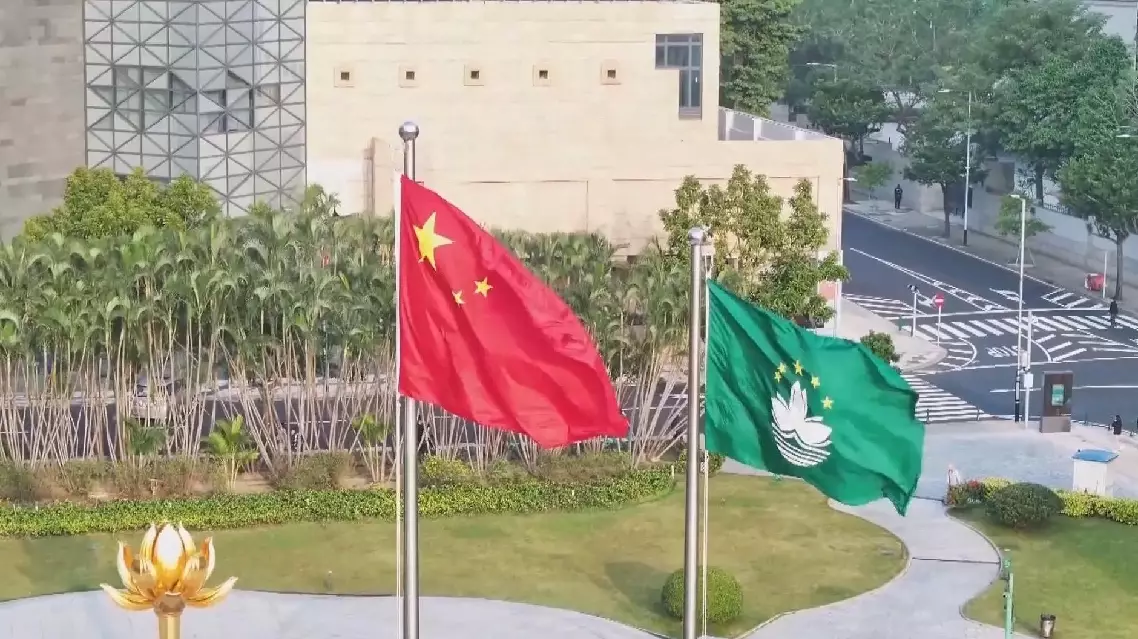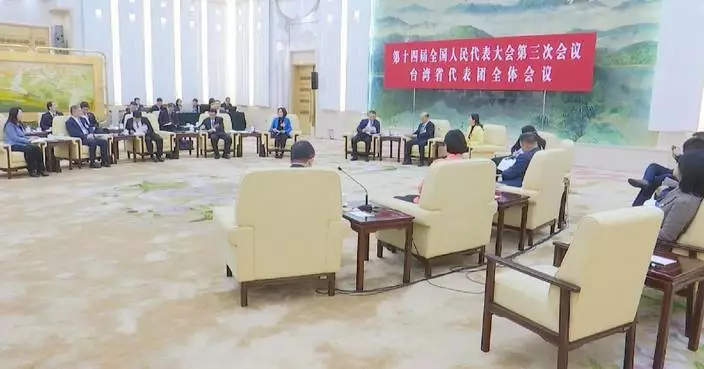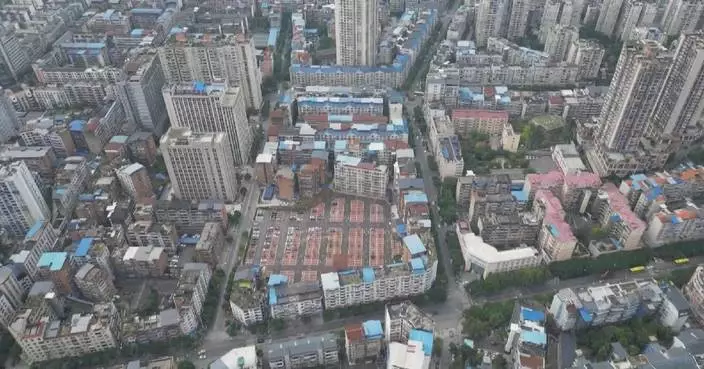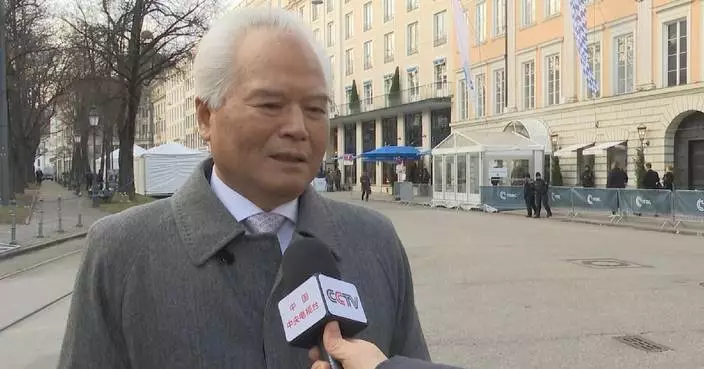China has issued a document of guidelines on promoting the construction of new-type urban infrastructure.
The guidelines, made public on Thursday, was jointly approved by the General Office of the Communist Party of China Central Committee and the General Office of the State Council, and highlights two major goals.
By 2027, significant progress should have been made in the construction of new-type urban infrastructure, providing ever increasing support for the development of resilient cities, while a number of experience and practices that can be copied and expanded should have been established.
By 2030, the construction of new-type urban infrastructure should have achieved remarkable results, to help push forward the building of a group of high-level resilient cities, improve urban safety and resilience, and ensure safer, more orderly, smarter and more efficient urban operations.
To achieve these aims, major tasks must be fulfilled in 11 aspects, including implementing the building and upgrading of intelligent municipal infrastructure, promoting the coordinated development of smart city infrastructure and intelligent connected vehicles, and developing smart residential quarters, according to the guidelines.
In addition, there are other important tasks such as raising the intelligence level of housing and building management, carrying out digital home construction, improving city information modeling platforms, and maintaining cyber and data security.
"Currently, various types of urban disasters and safety accidents are prone to occur frequently. Proposing comprehensive advancement in building resilient cities is an important measure to address the current urban disaster risks. Meanwhile, it is also an important aspect of advancing the modernization of urban governance in our country, with significant implications for implementing the holistic approach to national security and promoting the secure development of cities," said Wang Kai, president of the Chinese Academy of Urban Planning and Design.
Experts said that cities, which serve as the main engine of China's economic and social development and play a primary role in expanding domestic demand, provide the broadest application scenarios and innovation space for new-generation information technologies such as 5G, the Internet of Things (IoT), big data, and the Industrial Internet.
"The construction of new-type urban infrastructure essentially aims to construct a new-type urban infrastructure system based on digitization, networking, and intelligence. We should firmly grasp the development trends of digitization, networking, and intelligence to enhance the level of intelligence of the entire urban infrastructure, improve our monitoring capabilities, and enhance our risk prevention and control capabilities," said Liang Feng, vice chairman of the Smart City Professional Committee of the Science and Technology Committee under the Ministry of Housing and Urban-Rural Development.

China to step up construction of new-type urban infrastructure




















































